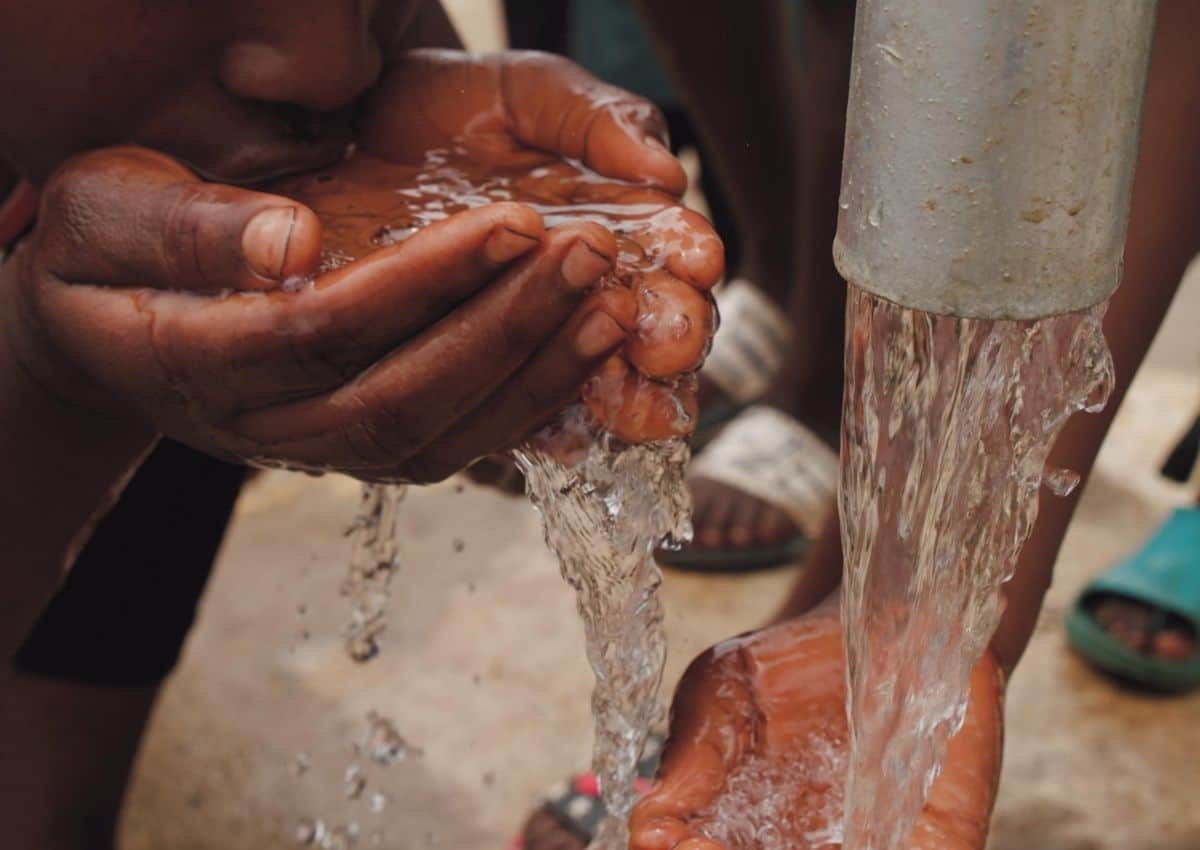One of South Africa’s basic rights includes “access to sufficient, safe water”. However, according to the most recent data – which shows that 23% of the country’s water supply systems are at “critical risk” – this basic right may be taken away.
How ‘drinkable’ is South Africa’s water?
The Blue Drop 2022 report has recently been published and revealed another struggle South Africa has to deal with.
According to the report, 40% of the country’s supply systems reached microbiological water quality compliance, and 23% reached chemical water quality compliance.
And so, when asking how “drinkable” the country’s water supply systems are, the 2022 report shows the following:
- 48% are categorised as low-risk
- 18% are categorised as medium-risk
- 11% are categorised as high-risk
- 23% are categorised as a critical risk
“While the Department of Water and Sanitation is encouraged by the 48% of supply system in the low-risk category, the 34% of systems which reside in the high and critical risk categories is of concern to the Department as this presents a potential risk to consumers who are supplied by these supply systems.”
SA’s major municipalities are safe for now
The report shows that the major metropoles of the country still have safe drinking water for now and that the major concerns lie with the more rural and isolated municipalities.
The biggest amount of “low-risk” supply systems are in Gauteng and the Western Cape.
As reported by BusinessTech, the Department of Water and Sanitation raised its concerns about the critical risk category as it can turn into a potential health risk.
“The poor water quality compliance results are of serious concern to the Department of Water and Sanitation as the majority of supply systems present a potential health risk to consumers.
Water services authorities must investigate the root cause of the failure and implement remedial actions to ensure compliance against limits outlined.”
Government urges citizens to boil water before drinking
According to the government, “boil water” notices will be issued in all areas that have water systems with “sustained microbiological failures”.
In the areas where the system experiences sustained chemical failures, “water quality advisories” will be put in place.
And “red notes” will be issued at the critical risk municipalities who then have 60 days to come up with a plan to deal with the issue.
One of the biggest concerns at present is Nelson Mandela Bay, which has a 40% chance of completely running out of water by end of May.
